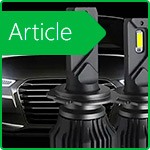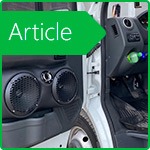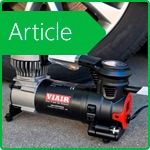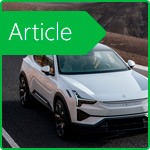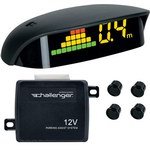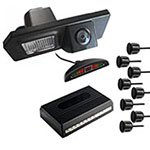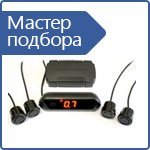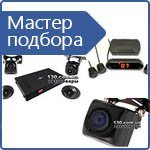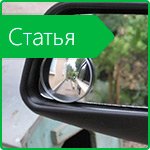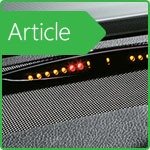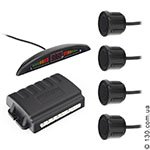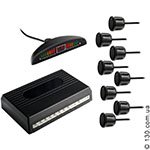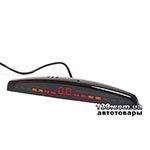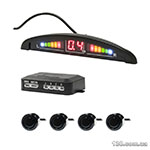Parktronic how does it work?
Every driver faces problems during parking, even a very experienced one. It is for difficult situations when the vehicle’s maneuverability is limited, for example, everything is forced by cars and there is little space left for parking, and parking sensors were created. This is a special device that notifies the driver of all obstacles that are in front of and behind the car. In addition, such devices often also inform about the distance to objects. Using the parking radar allows you to make the parking process easier and more convenient.
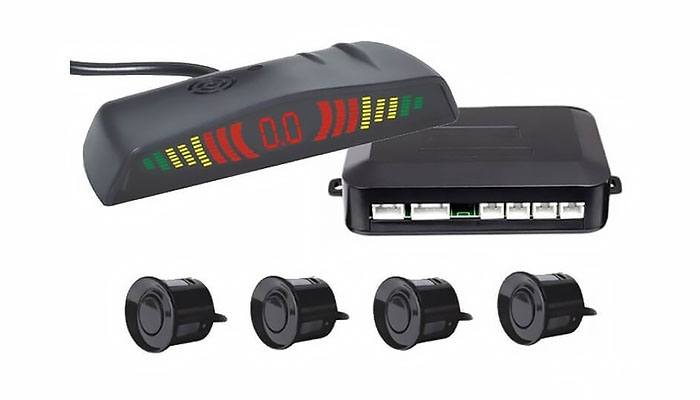
Why do I need parking sensors?
Many motorists consider parking sensors an unnecessary thing. Previously, they did without them, and everything was fine. But before, there were fewer cars on the road, and there were not too many problems with parking spaces. Now often drivers have to park a car where, at first glance, it seems unrealistic. And parking sensors in such conditions are simply irreplaceable.
All parking sensors can be divided into 2 main types:
- combined-are usually a set of 8 sensors that are installed immediately and in the rear and in front of the vehicle;
- regular (front or rear)-are installed either only in front or only in back (the most common option).
What are parking sensors made of?
Key elements of parking devices:
- sensors-sensors that give a pulse can be ultrasonic or electromagnetic.
- electronic control unit-the brain that is responsible for the operation of the device and controls all parking sensors and processes the signal from the sensors.
- distance indicators with a scale or LCD display-designed to show the distance to an obstacle, information is presented in the form of a scale, numbers or image, depending on the model of the device.
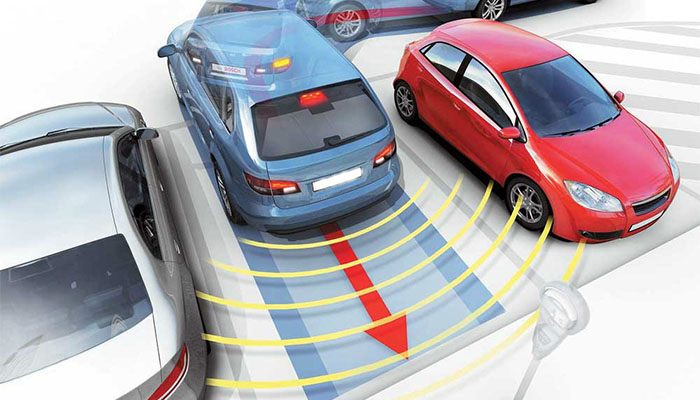
The principle of the automotive parking sensors
The operation of the Parktronic ultrasonic sensors can be compared with how the echo sounder works. The sensor gives a signal, which, meeting with an obstacle, is reflected from its surface and comes back. After that, the control unit analyzes the wavelength and thus calculates the distance to the object. All this takes a matter of seconds. Ultrasonic sensors are able to detect obstacles within a radius of 0.2 to 2 m.
The principle of operation of electromagnetic sensors is based on fluctuations in the level of the electromagnetic field between two conductive antennas that are installed along the vehicle body. An RF signal is applied to one conductor, while the other is connected to a special amplitude detector. As soon as the location of objects near the antenna changes, this affects the level of communication between the two conductors, it affects the signal amplitude. The sensor on the receiving antenna detects this and gives a signal that it is approaching the object.
Types of indicators and warning systems that are used in modern parking sensors
Depending on the model and configuration, parking sensors can notify the driver in several ways.
- A pulsating beep is the easiest way. In this case, the closer the obstacle, the louder and more intense the signal will be. As soon as the car approaches the object closely (about 30 cm), the signal becomes very persistent and continuous.
- Visual indicator in the form of a scale-this option is used in more advanced models. In this case, the distance is reflected in the form of divisions. The more divisions light up, the closer the car is to a potentially dangerous obstacle. Instead of a scale, some models may use a special digital indicator. But the main feature of all such parking sensors is that there are always necessarily two scales, one of which shows the distance to the obstacle on the right side, and the other on the left. This greatly facilitates the driver’s maneuvering when parking and helps to detect danger in a timely manner and determine which side of the vehicle it is from.
- LCD screen. They are equipped with more expensive models of parking systems, since the presence of a screen significantly increases the cost of the entire set of parking sensors. But here you can clearly see which side the obstacle is located, which is much more convenient.
- Integrated system with a rear-view camera-it is used, as a rule, in the most expensive versions, the image of the car is displayed on the monitor screen, its path, speed and objects in close proximity are shown.
- Parktronic projecting information on a windshield. In this case, the distance to the object on the path of the machine is displayed directly on the windshield of the machine. This is convenient as it does not distract the driver from the road, all the information he needs to complete the maneuver is right before his eyes. Also, information on the current vehicle speed can be transmitted in the same way.
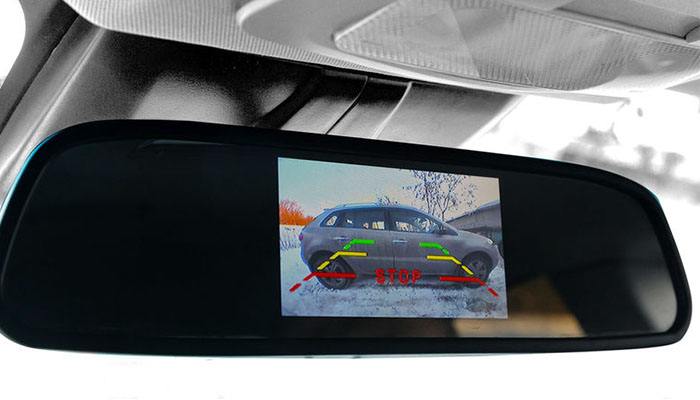
How to correctly attach parking sensors to the bumper
Parking radar sensors are installed on the bumper of the car in a cut-in or overhead way.
Before installing the mortise, you must pre-drill holes of the appropriate size in the bumper. Then sensors are inserted into these places and carefully fixed. This is the most common option for mounting parking sensors.
No preparation is required when installing invoices. In this case, the sensor simply sticks to the bumper of the vehicle. This is their main advantage, however, this option is not the most reliable, when washing under pressure, the sensors may fall off, since the glue will not hold them.
The sensors should be placed exactly horizontally relative to the ground and at a distance of at least 50 cm from its surface. If you do not follow this rule, the sensor may give false alarms, as it will respond to the road as an obstacle. If the bumper is installed at an angle or has an uneven surface, then when installing sensors it is recommended to add additional spacer rings. Remember that the efficiency and effectiveness of the parking radar will largely depend on the quality of the installation.
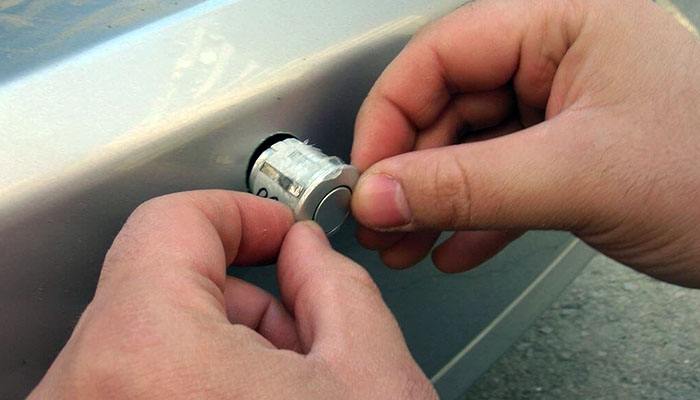
Buy car parking sensors in Kiev, Kharkov or Odessa, you can always in our online store 130.com.ua. We have a large selection of different parking systems that will help make parking as simple and fast as possible.
Materials on the topic
Parktronics: Best Sellers

Stay tuned for updates!
Subscribe to our Telegram channel and be the first to receive useful materials.
Subscribe









